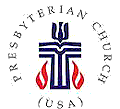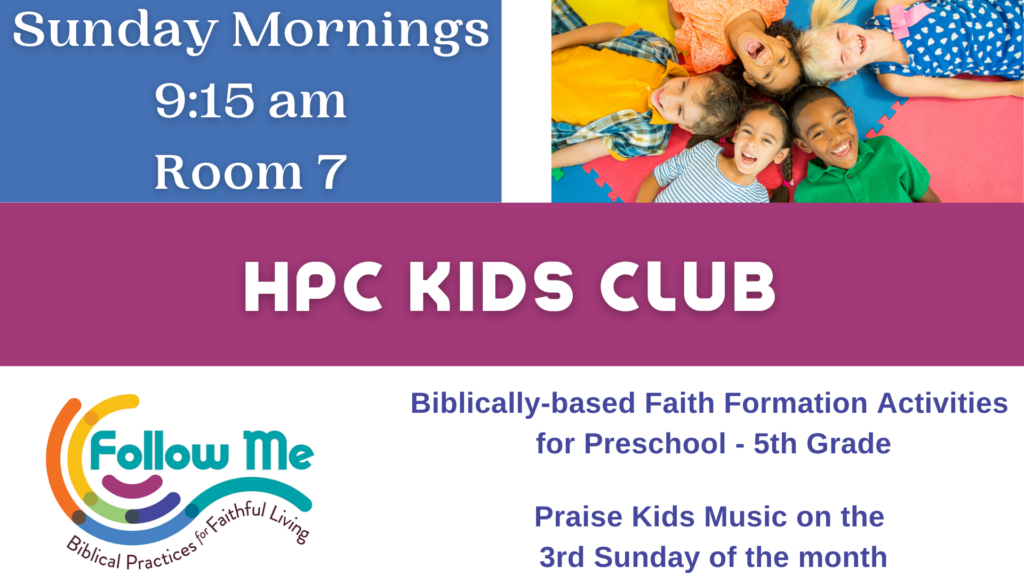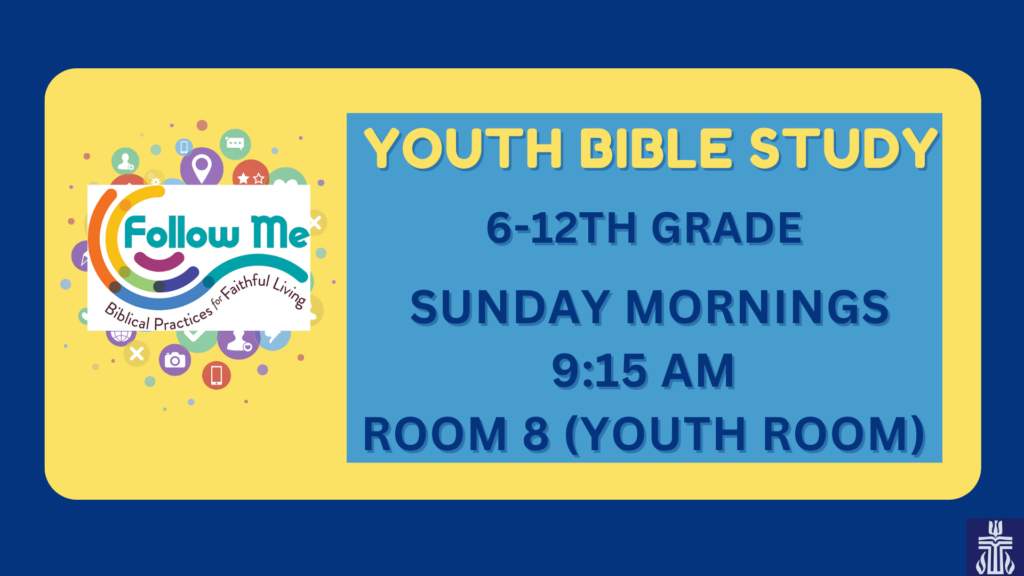There are a lot of things you can do all by yourself, but faith isn’t one of them. Sure, there are aspects of faith that you can accomplish on your own – we each can pray, read the Bible, and even worship in some ways, but nothing we can do entirely on our own will fulfill the kind of faith life that Jesus calls us to lead. Writer and pastor Francis Chan notes:
While every individual needs to obey Jesus’ call to follow, we cannot follow Jesus as individuals. The proper context for every disciple maker is the church. It is impossible to make disciples aside from the church of Jesus Christ. Look at it from this perspective: the New Testament is full of commands to do this or that for “one another.” Love one another, pray for one another, encourage one another, etc. So how can we teach people to “observe all that I have commanded” if they have no one to love, pray for, or encourage? It’s impossible to “one another” yourself. It’s impossible to follow Jesus alone[i].
Throughout his ministry, Jesus taught his disciples what it meant to be together, encouraging them to look after one another and attend to each other’s needs. In his appearances after the Resurrection, he reiterated this idea and instructed his disciples to continue the work he had done in light of his resurrection. In Luke’s gospel, he reminded the disciples, “You are witnesses of these things” (Luke 24:48). Such good news is meant to be shared. Matthew’s gospel gives us the Great Commission: Go therefore and make disciples of all nations . . . teaching them to obey everything that I have commanded you (Matthew 28:19-20).Mark’s gospel reads similarly, “Go into all the world and proclaim the good news to the whole creation (Mark 16:15). And, of course, in John’s gospel we hear specific, tangible instructions for what this looks like in John’s gospel: Do you love me? Feed my lambs. Tend my sheep (John 21). There is no denying the witness of all four gospels – the disciples were not meant to exist in isolation. They were meant to engage with each other and with the world in meaningful ways that shared the good news. This is what it means to live in a post-Easter world. We, as modern day followers of Jesus, are also meant to live in together in that way. It begins with community.
One of the most known books by the renowned theologian Dietrich Bonhoeffer is entitled Life Together, and provides an inspiring account of a unique fellowship in an underground seminary during the Nazi years in Germany. It reads like one of Paul’s letters, giving practical advice on how life together in Christ can be sustained in families and groups. In it, he sets forth that Christianity and community are almost synonymous, saying:
Christianity means community through Jesus Christ and in Jesus Christ. No Christian community is more or less than this. Whether it be a brief, single encounter or the daily fellowship of years, Christian community is only this. We belong to one another only through and in Jesus Christ[ii].
This was the gist of the sermon that Peter delivers on the day of Pentecost to the church in Jerusalem as recorded in Acts 2. In this, he outlines for new believers the central message of Christ’s life, death, and resurrection. The people are moved, and verse 41 reports that three thousand people were baptized and added to the newly forming church. All from one sermon. That’s a lot of pressure on the preacher!
The writer of Acts, which is a continuation of the gospel of Luke, then gives us an idyllic picture of the church in its infancy. And, like we do when we look at pictures of babies, we find ourselves in awe and wonder, enraptured by what we see. Ten tiny toes, ten tiny fingers, a little cooing smile, and the sweet smell of baby powder brings us a sense of nostalgia. The church presented in Acts is beautiful, utopian even. They shared everything in common, spent time together eating and praying and studying Scripture. What a lovely view of the church, isn’t it? Free from disagreements or challenges. There is no mention of a kitchen drain that is clogged and backs up when the dishwasher is run. No, the early church appears free from such troubling matters. Of course, from Paul’s letters we know that it won’t be long before the early church is mired with conflict and disagreement as they try to figure out what it means to be Christian. But just for today, we get an image of the church as it should be. Professor Paul Walaskay writes:
Just as in his Gospel Luke had rendered Jesus’ nativity – with awestruck shepherds and singing angels – in harmonious soft tones, so here he paints a similar picture of the birth of the church. A romantic glow spreads over the community. . . . Luke allows us a fleeting look at a moment in time when that perfect fellowship was fully alive and he holds out the hope that it can happen again[iii].
So what was the key to the success of the early church? Was it a compelling preacher like Peter? Was it an outstanding music program? Maybe they had one of those incredible new signs out front, or particularly comfortable pews, or really good coffee afterwards. Oddly enough, none of these are mentioned as a reason for success and growth in Acts, nor are their first century equivalents named. But, what we do know from verse 47, is that they were growing because of one factor – the Lord. The writer clearly attributes any success not on Peter or the other apostles or an evangelism and outreach team, but solely on the work of the Holy Spirit. In fact, it was the believers’ awe and wonder for the works of God that brought them together in the first place. This passage in Acts has a lot to teach us about what it means to be the church: first an awareness and acknowledgement that Christ is our center and has brought us together, and second a dedication to practices as a community that heighten that awareness.
Acts describes in detail the faith practices of this early community, and significantly uses the word “devoted” to describe the interaction level of the people. This wasn’t just a casual hobby or an every once in a while activity. Their life together was an integral part of their daily lives. And with faith came a great gift from God – the gift of community.
Bonhoeffer writes:
Christian brotherhood is not an ideal which we must realize; it is rather a reality created by God in Christ in which we may participate[iv].
The early church participated in this life through teaching and fellowship, sharing what they had, including material possessions, breaking bread together, and praising God. These are still marks of the church today, and ways in which we structure our life together. Reading these simple ways of being together is a reminder to us of the heart of our community, and the ways in which we can be nourished in our time together.
The Christian life is about adjusting ourselves to the existence of a gracious God. Acts describes for us what this adjustment looks like. The awe and wonder that characterize the early church remind modern believers that authentic fellowship with God includes a humbling awareness of God’s divinity in the midst of human mortality and of God’s wondrous deeds interrupting our ordinary lives[v].
When we devote ourselves to this kind of being together, we are better able to see God’s presence among us. And, when we fail to see it on our own, we know that there are others beside us who can point out the beauty we struggle to see on our own.
In the 90s, the Irish rock band, U2 released a hit song titled “One.” In it, the lyrics speak about the interplay between individuals and community, distinctiveness and unity:
We’re one, but we’re not the same.
We get to carry each other, carry each other.
. . .
One life with each other, sisters, brothers
One life – but we’re not the same
We get to carry each other, carry each other
One life, one[vi].
This is the description of the early church, and the church that is alive and well today. We are one in Jesus Christ, though made uniquely and differently by God. And we are called into community to carry each other. We do this, as sisters and brothers in faith, through a life together marked by spiritual practices.
One practice of group prayer that our youth group uses quite frequently is to join hands in a circle, but with everyone having their thumbs pointing in the same direction. As they circle up, one will ask for “thumbs right” or “thumbs left.” The idea behind this is so that everyone, especially in this moment of prayer, is reminded that they are being supported by someone, and at the same time supporting someone else. It is a great illustration of how we understand our lives together – as those who carry each other.
Our common life of prayer, study, and service unites us and builds relationships among us of mutual love and support. This is the call that the church received in 1 Peter, as verse 22 instructs, to have “genuine mutual love, love one another deeply from the heart.” This is our one life – one love. It looks something like this: the one who uses a cane embracing one who is just learning to crawl. It includes ones for whom certain topics make them squirm and children who squirm in the pews because they just can’t sit still. It includes teenagers who text and those who have developed beautiful cursive script through years of penned letters. God’s community is as big and as wide as you can imagine. It’s bigger than just those who look like you, or think like you, act like you, or are sitting in your pew. It’s so big because the one who unites us, Jesus Christ, is that big.
God’s love is be contagious. It is something that we long to be a part of, and when we find it together, it spreads and grows as quickly as yellow pollen can cover your car in the spring. It grabs on to us and will not let us go. It starts by being willing to engage in life together, carrying each other, and preaching the good news among us to anyone who will listen. When we devote ourselves to God’s image of community, we will grow; in faith and understanding, and with God’s help, maybe in number as well.
There are a lot of things you can do all by yourself, but faith doesn’t have to be one of them. God has given us a wonderful gift of community, here in this congregation and in the greater church. Our joy, our blessing, is to be participants in it, as we engage in life together day by day. So let’s join hands and do just that. Amen.
~Rev. Elizabeth Lovell Milford
———————————
[i] Francis Chan, Multiply: Disciples Making Disciples, (Colorado Springs, CO: David C. Cook, 2012).
[ii] Dietrich Bonhoeffer, Life Together: The Classic Exploration of Christian Community, trans. and introduction by John W. Doberstein, (New York: HarperOne, 1954).
[iii] Paul W. Walaskay, Acts – Westminster Bible Companion, (Louisville: Westminster John Knox Press, 1998).
[iv] Bonhoeffer.
[v] Timothy B. Hare, “Homiletical Perspective: Acts 2:42-47,” Feasting on the Word: Year A, Volume 2, David L. Bartlett and Barbara Brown Taylor, editors. (Louisville, KY: Westminster John Knox Press, 2010).
[vi] U2, “One,” Achtung Baby Album, released 1991, Hansa Ton Studios, https://www.youtube.com/watch?v=ftjEcrrf7r0



Leave a Reply
You must be logged in to post a comment.